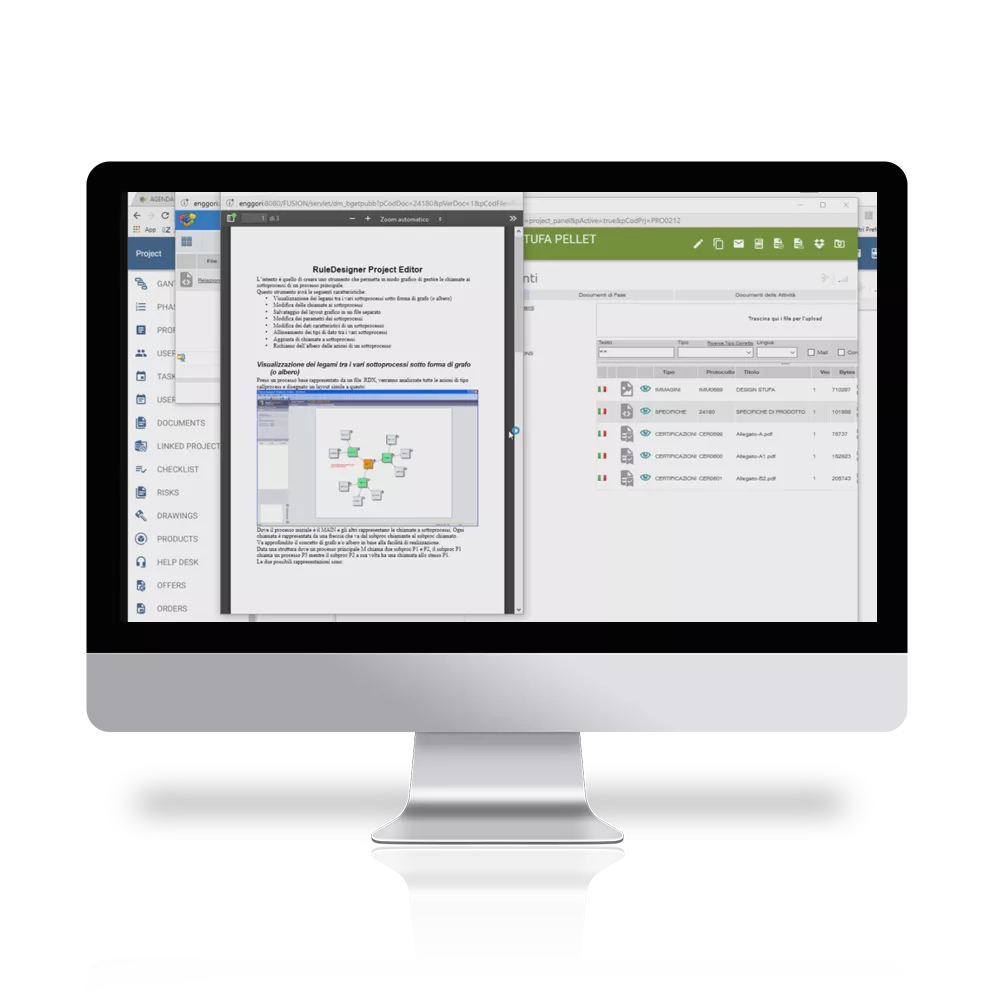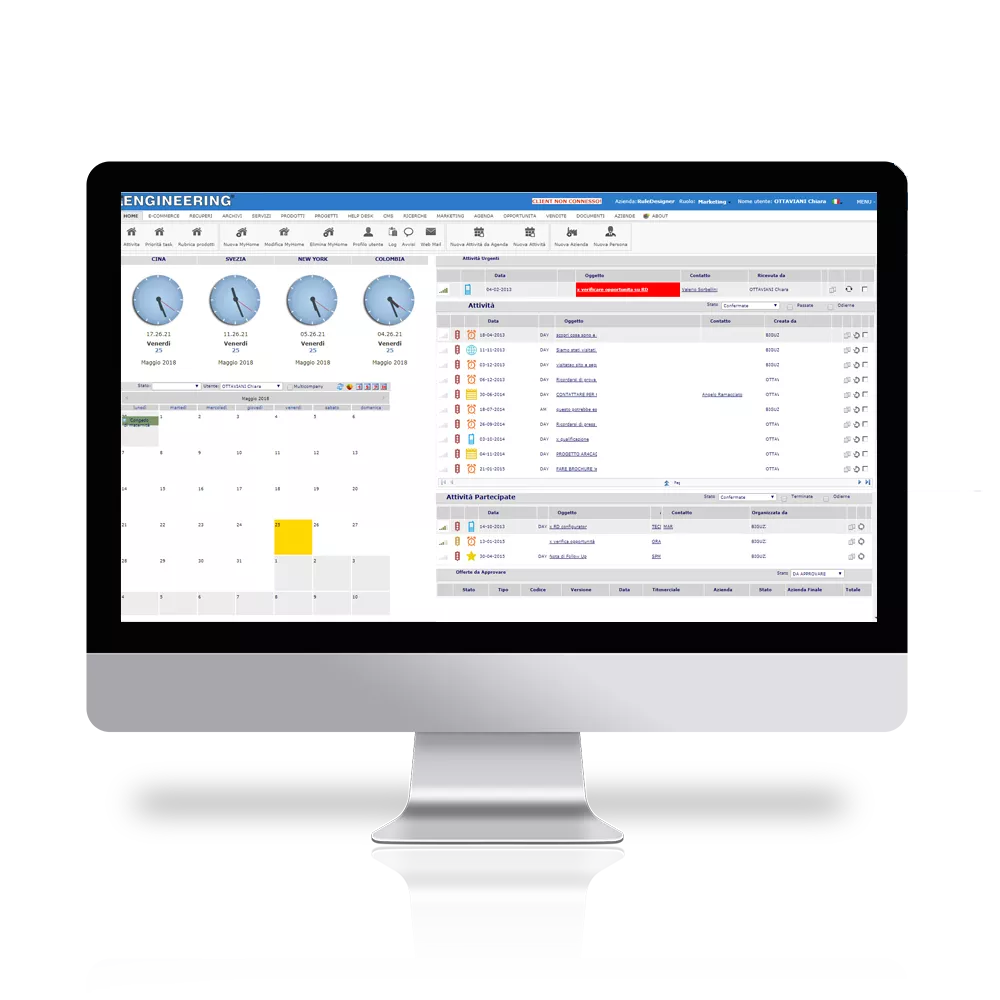high_quality
Trends that influence quality management
Which business strategies does RuleDesigner support?

Total Quality Management
In a TQM effort, RuleDesigner manages and track corporate processes, at all levels, in their continual improvement.

Relying on a supply chain with high quality standards
Poor supplier standards pose a threat to innovation-driven companies

Enterprises with a distributed workforce
Distributed enterprises are better able to serve the needs of remote workers and consumer’s needs
CHALLENGES
Implementing and maintaining a quality management system (QMS)
chat
Sharing and clear planning of tasks, goals and deadlines
widgets
Creating a constructive culture that encourages the sharing of know-how
monetization_on
Reducing quality management costs associated with problems, complaints and non-compliance
ENABLING TECHNOLOGY
RuleDesigner supports the quality system across PLM extended processes.
RuleDesigner is a collaborative platform that supports the quality system thanks to a 360- degree view of PLM and job orders processes. One-single integrated environment where you can define and coordinate structured tasks; store and share quality documentation related to processes and products, in real time; monitor quality performance and adopts strategies of continual improvements.
BROCHURESOLUTIONS
One single integrated solution adaptable to various application scenarios and providing benefits to multiple business processes.
Advanced quality planning in new product development processes.
By using RuleDesigner, organizations can map the process for advanced product quality planning (APQP), regulated by the AIAG (Automotive Industry Action Group). This process presupposes a multi-disciplinary approach to quality planning and it follows up all the industrialization steps of the development of a new product, starting from the initial concept to production.


Management of quality documentation and certifications.
RuleDesigner help users in managing document processes related to quality handbooks, quality management system procedures, audit reports, improvement plans and actions. Ability to easily handle documents written in different sub-parts by several business functions and carried out in parallel with product development processes. Finally, there is the possibility to coordinate resources involved in multiple processes, contents time and delivery modes.
Non- Compliance management
Managing non-compliance as well as corrective and preventive actions is one of the most critical process in the organization management system. In fact, it represents an opportunity to constantly improve the organizational performance. RuleDesigner allows to support and automate non-compliance management and related resolution processes by providing a perfect integration among all the functions involved.


Encourage strategies for continual improvement
Quality management also involves continual improvement principals and the use of data for making better and more informed decisions. RuleDesigner is enriched with a set of solutions that offers the possibility to map processes and procedures, provide data visibility, influence change management and help the decision-making.
Shared operability with customers and providers
Shared knowledge and co-operability are the key elements to a winning quality management system, since they lead organizations yearning for a long lasting success to a responsible method to manage tasks and processes. Indeed, collaboration with customers and suppliers is one of the new ways to strengthen your competitive position. An approach that expands the business concept by paying attention to shared information and investments in the business network. The diffusion of a collaborative model aimed at value co-creation is one of the phenomena which has mostly characterized the customer-provider relationships. RuleDesigner is a platform that allows to develop, keep and strengthen these relationships.


Reporting and Analysis
RuleDesigner provides analysis tools to create charts and reports for a complete vision of the quality management performances, facilitating the decision- making in reaching continuous improvement.
The analysis of the performance, made with a system of indicators, ensures the correct attention to results achieved by highlighting the elements that can help boards in making decisions based on tangible data and information.



